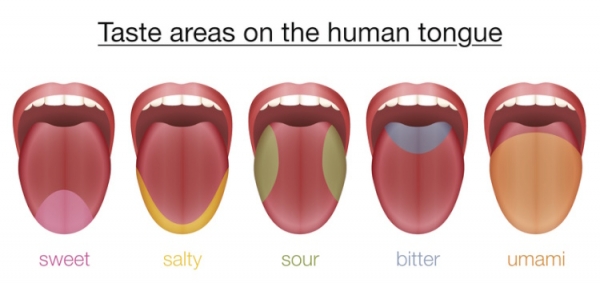Improve consumer acceptance by mapping out the time-based in-mouth experience

Whether embarking on product innovation or an optimisation programme, all brand developers need a helping hand. The consumer can be tricky customers, especially when it comes to the ‘perceived’ characteristics of a product that make it stand out.
Doubts will undoubtedly crop up. Such as, does the competitor product have a more desirable initial ‘bite’? Or upfront burst of flavour? Is the texture positively received throughout the entire eating experience? Is there an aftertaste that consumers don’t like?
To answer these questions in enough detail to successfully develop a new product or optimise an already developed range, you may need to consider using time-based sensory mapping.
According to Marleen Chambault, sensory and consumer research scientist for Campden BRI, time-based sensory mapping is a consumer guide to the key characterisations that are instrumental in conquering your market.
Building a map
“Time-based sensory mapping with consumers is a really useful way to characterise - in detail - the in-mouth consumer perceptions of your products during the whole eating and drinking experience,” said Chambault.
“It can be used with consumers to evaluate both food and drink products to help technical, new product development (NPD) and marketing teams understand their products better.”
She explained the technical method used for time-based sensory mapping is temporal check-all-that-apply (TCATA), with ‘temporal’ being the key word, as this method looks at the timing of the various elements of the consumer in-mouth experience.
“The temporal check-all-that-apply method allows you to determine when the different sensations are delivered by your product, and how the consumer experience changes throughout the eating and drinking experience,” said Chambault.
Consumers select and unselect the attributes they perceive from the moment they take a first bite or sip to the moment they swallow and beyond, thereby capturing flavour, aftertaste and mouthfeel. This builds up a time-based sensory map, which characterises the product and provides a really useful depth of valuable information.
After the TCATA task, consumers also indicate how much they like the samples, as well as how likely they would be to purchase them.
“This then determines what temporal sensory characteristics drive consumer liking.”
Renovation and innovation
So, what projects will benefit from time-based sensory mapping with consumers?
“Time-based sensory mapping provides you with the complete in-mouth experience of your product, including the evolution of sensory characteristics over time and how these interact with one another,” said Chambault.
“This makes it an excellent tool to guide product development by understanding and improving how a new product delivers the different in-mouth sensory characteristics.”
She added, “In this way, it can be used to inform the improvement of the eating and drinking experience as part of product optimisation and value optimisation and can be applied to validate the impact and effectiveness of changes and improvements to how various in-mouth sensations are being delivered.
Product matching
Time-based sensory mapping takes ‘temporality’ into account.
“By enabling you to check whether two samples display similar characteristics, not only overall, but also throughout consumption, it can help you to match flavour or texture profiles and unlock how to match with or differentiate from other products.
“Similarly, by examining the dynamic aspects of the sensory properties, time-based sensory mapping can help you to explore and understand differences in liking and why some products do or do not perform well in terms of liking.”
The TCATA method is particularly good for highlighting the differences between similar products with evolving, complex sensory characteristics, where other methods may not provide enough detail to inform improvement.
Zeroing in on off notes
Time-based sensory mapping can also be used to understand the impact of changes that are explored for other reasons, such as the cost optimisation of salt or sugar reduction, MSG removal and sugar substitution or reduction.
For any formulation changes or processing change, time-based sensory mapping with consumers can be used to assess the impact of change(s) on flavour, texture and aftertaste delivery during the consumer consumption experience.
Off flavours and off notes can be investigated via time-based sensory mapping, including whether they are present, what they are, when they are perceived and how long for.
Shelf life analysis can also include time-based sensory mapping, for example, by using it to check whether an aged product features similar time-based sensory characteristics to a fresh product.
“As well as guiding the projects explored here, the results from a time-based sensory mapping study with consumers can be valuable for use in written and verbal communications, such as product specifications, on-pack product descriptions and advertising material,” added Chambault.
“Campden BRI can help you leverage valuable insights from time-based sensory mapping with consumers. Our experts have a wide range of quantitative and qualitative methods available to explore consumers’ expectations and experiences.”
Campden BRI is the independent technical partner of choice for the top 15 global brands and top 10 UK retailers - among over 3,000 member companies across 80 countries - to make food safer, tastier, healthier, affordable, sustainable, convenience and innovative, underpinned by research and science.













